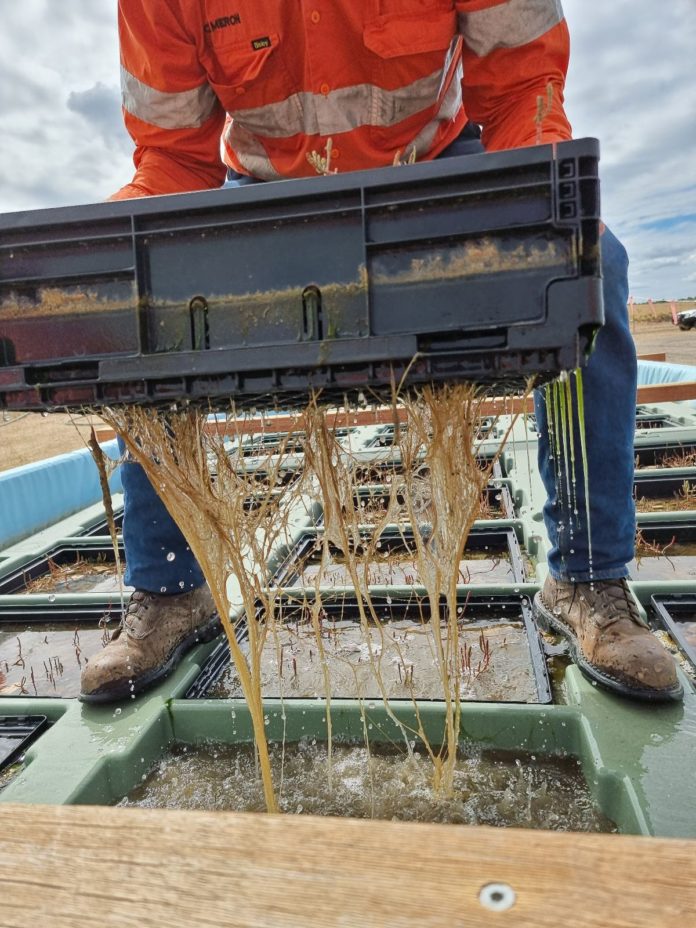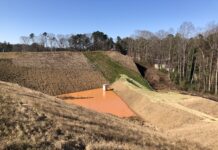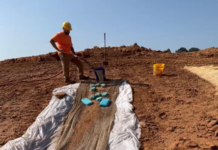An unavoidable aspect of coal mining is the accumulation and piling of overburden — the rock or soil layer that needs to be removed in order to access the ore being mined. The removal of topsoil increases the difficulty and cost of rehabilitating mining sites.
In Queensland, Australia, a partnership of companies that includes a soil remediation contractor, horticultural consultant, mining industry consultant and an environmental consultant has developed a process to turn coal mine overburden into viable topsoil and pasture. Not only does the sustainable process improve reclamation of mining sites, but the first project resulted in a significant emission reduction from reduced truck transport of material.
A chance conversation with construction industry colleagues at a networking event led to the innovative approach. SoilCyclers had been turning subsoil into topsoil for many years, so the discussion about topsoil deficits on mine sites and a mining industry consultant’s observation of plants growing in the overburden inspired the first endeavor.
The project began with a loader digging a few metres into 20 different overburden stockpiles across a 30-kilometer (18.64-mile) length of the site to take samples. Samples were taken of materials that had not been exposed to rainfall to ensure that amelioration would address deficits in the worst material.
SoilCyclers were confident about their ability to make topsoil, but not confident about the project’s success without some short-term irrigation to ensure germination. The project was expanded to include bioremediation of mine water using floating wetlands and growing of salt tolerant cattle pasture grasses in ameliorated coal mine overburden using partially treated salty mine void water. The joint venture partnership secured a Queensland Government collaboration grant through METS Ignited to cover half the project costs, with the remaining 50% funded by their client.
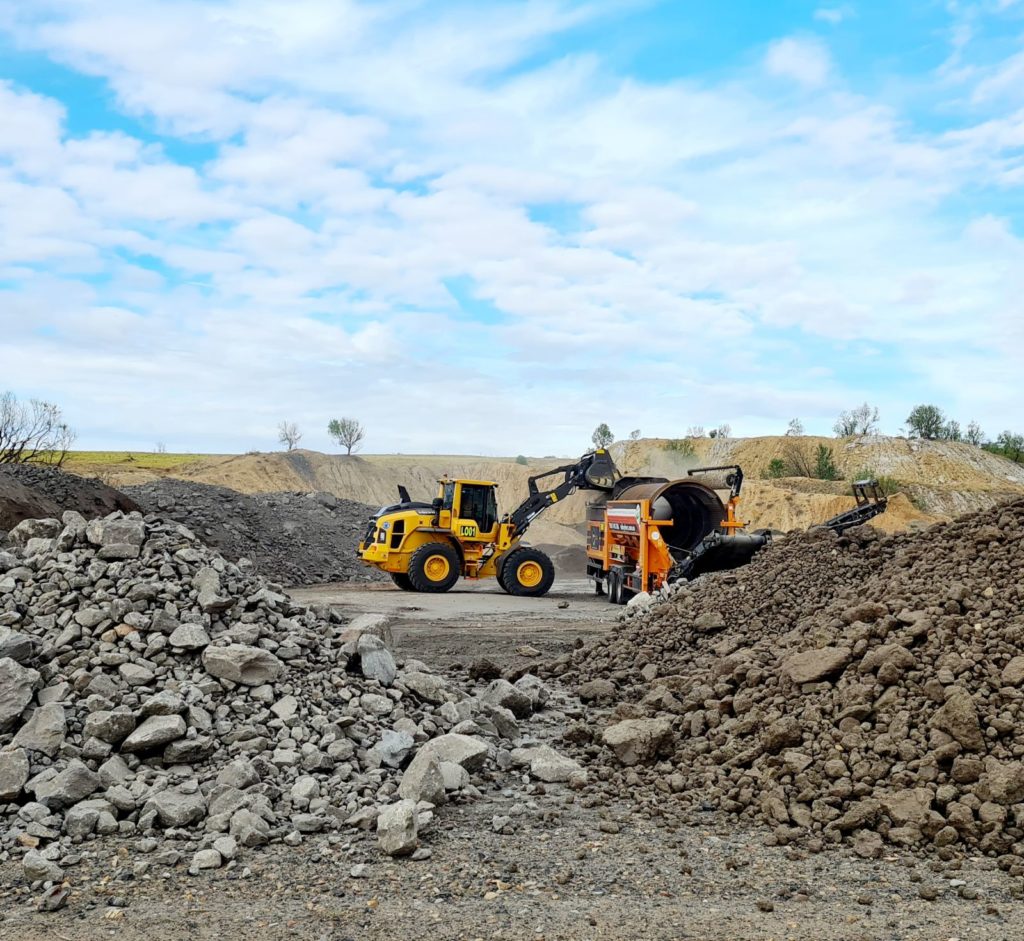
The team scoured the site looking at grasses growing in drains that carried salty water and conducted germination trials to develop a proprietary salt-tolerant pasture grass mix. Floating wetlands (Figure 1) were constructed onsite for bioremediation of the pit water, and two of the most challenging types of overburden were chosen for the trial. Overburden was ameliorated through a trommel screen (Figure 2) with locally sourced ameliorants by changing the physical, biological and chemical properties.
Multiple plots were grown to demonstrate day watering and night watering of full salt, 10,000 EC of straight mine void pit water with electrical conductivity (EC) values ranging between 10,000 and 13,000 microsiemens per centimeter (µS/cm) and partially treated 5,000 EC water ranging between 5,000 to 6,000 µS/cm EC on ameliorated permian overburden, ameliorated tertiary overburden, the site’s ameliorated topsoil and unameliorated topsoil samples.
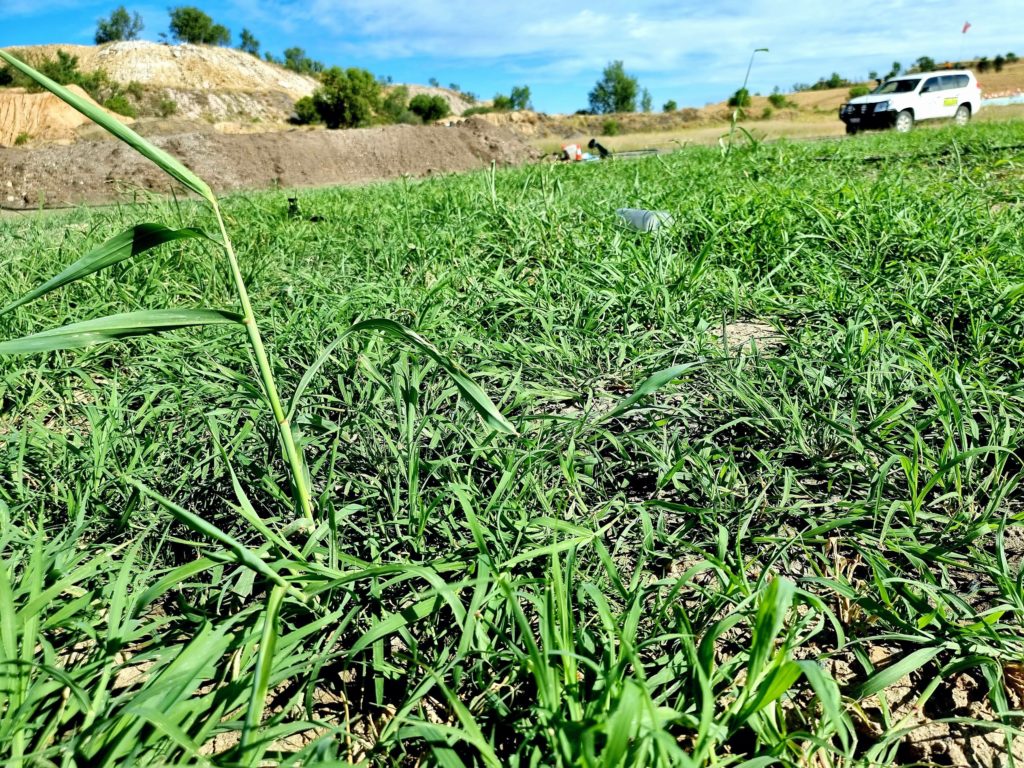
The trial was an outstanding success, with the partially treated 5,000 EC water irrigating a salt-tolerant seed mix at night on topsoil made from ameliorated permian and tertiary overburden growing full grass coverage in six weeks (Figure 3). The topsoil made from overburden even outperformed the site’s existing ameliorated topsoil.
Watering was stopped at six weeks, and the plots were monitored throughout a drought, where they remained well established with full grass coverage and flourished again following rainfall more than a year later.
Since the project was completed, SoilCyclers set their sights on other mine wastes. Tailings, which are contaminated slurry left over from processing are usually stored forever in tailings dams. In South America, the proprietary process was used to turn tailings from a copper mine into topsoil that now grows radishes. The project was undertaken as part of a consortium of Australian and European businesses who were Top 10 finalists in the BHP Tailings Challenge.
About the Expert
Alison Price is the founder and managing director of SoilCyclers, an Australian soil amelioration and remediation contractor.
About the Project Partnership
The Ensham Mine Spoil Remediation Project was handled by a joint venture partnership comprised of SoilCyclers, Innovate Enviro and Cammel Consulting. Aaron Ashlin from Hortus Group served as the soil scientist. The project was jointly funded by the Queensland Government, METS Ignited and the client, Idemitsu.



